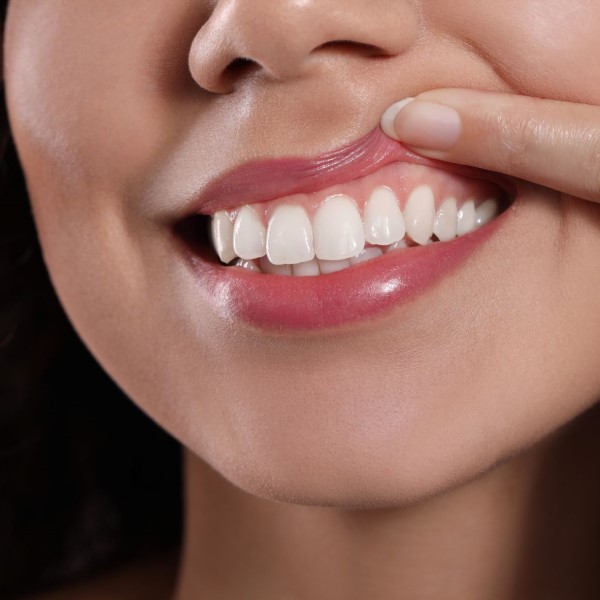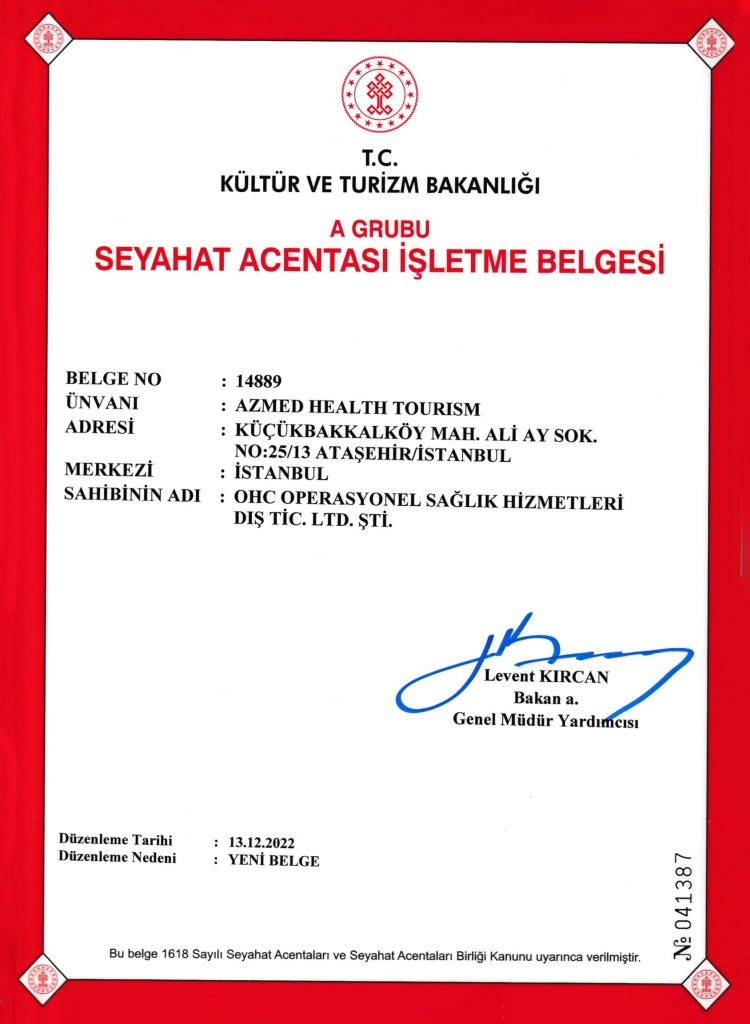Gum Treatments
Gum disease occurs when the gums become infected with bacteria. The infection causes inflammation and irritation of the gum tissue. Most adults experience gum disease at some point in their lives. Gum disease can be treated without surgery in the early stages. However, surgical methods may be needed for treatment if the disease has progressed and has caused severe problems. It is essential to detect and treat gum disease early. Therefore, it is necessary to know the symptoms of gum disease.
What are Gum Diseases?
Gum disease occurs in several stages. Early-stage gum disease is known simply as gingivitis. When gingivitis is not treated, the periodontal ligaments, the connective tissues that fix the teeth to the jawbone, become inflamed. This degree of gingivitis is called “periodontitis.” Periodontitis is a severe gingival problem and should be treated promptly. Symptoms of gum disease can be challenging to spot in the early stages.
What are the Symptoms of Gum Disease?
Symptoms of early-stage gum disease include swelling, redness, and tenderness in the gums. Gums may bleed after brushing or flossing. Gum disease symptoms can be listed as follows:
Red and swollen gums: This is the first sign of a problem with the gums. Gum disease typically begins with inflammation along the gum line. Healthy gums appear light pink. If an abnormal redness of the gum is noticed, it is necessary to consult a doctor.
Bad breath: There are many bacteria in the mouth under normal conditions. Bacteria feed on the plaque that accumulates on the tooth surface. When plaques are not cleaned, the number of bacteria in the mouth also increases. Bacteria release toxins that irritate gums and teeth and cause bad breath in the mouth. Bad breath can be a symptom of gum disease.
Shrinking gums: If teeth appear longer than before, gum recession may have started.
Sensitive teeth: Excessive sensitivity of the teeth to cold and heat is among the symptoms of gum disease. This symptom usually occurs with gum recession.
How is Gum Treatments Performed?
Depending on the disease stage, the effectiveness of previous gum treatments, and the general health status, the methods chosen for gum treatments vary. Gum treatments is divided into two classes surgical and non-surgical treatments.
Professional Teeth Cleaning Gum Treatment
Plaque and tartar cause gum disease when they get under the gum line. It is possible to get rid of this problem with professional teeth cleaning. In professional teeth cleaning, a straightforward process, the dentist deeply cleans plaque and tartar. If the person has a predisposition to gum disease, the dentist may recommend professional dental cleanings more than twice a year. Regular gum cleaning helps prevent gum disease.
Tooth Scaling and Root Planning
If the dentist determines that plaque and calculus have accumulated under the gums, they apply scaling and root planning. This procedure is done under local anesthesia. The process removes plaque and tartar above and below the gum line. Then, the rough spots on the tooth’s root are smoothed, making it difficult for bacteria to adhere and reproduce.
Gum treatments require surgery in some cases. Gum treatments that include surgical application are as follows:
Pocket Reduction Surgery
During this procedure, the gums are lifted back, and the tartar accumulated under them is removed. At the same time, the pockets formed by the recession of the gums and filled with tartar are cleaned. In some cases, the damaged dental bone may need to be corrected. This process is also called root planning. The gums are then placed, so they fit tightly around the tooth. Correctly sealing the gap between the gum and tooth also limits the areas where harmful bacteria can grow. Thus, the chances of severe health problems arising from periodontal disease are also reduced.
Bone Graft
In bone graft operations, Bone grafts obtained from the patient’s bone or synthetic bone are used instead of the bone destroyed by the gum disease. These grafts replace bone in areas devastated by periodontal disease and help regenerate bone. The procedure aims to reattach the teeth to the bone.
Soft Tissue Grafts in Gum Treatments
With this procedure, thin gums are strengthened, or the places where the gums are pulled (areas where the tooth root is open) are filled.
Guided Tissue Regeneration (GDR)
The directed tissue regeneration process involves stimulating the growth of the bones that support the teeth and then placing barriers around the gum tissue or teeth to handle this growth. After the gingival pockets are thoroughly cleaned and sterilized, a bioabsorbable membrane (membrane) is placed between the gingival tissue and the incised area of the tooth root. This membrane ensures proper bone regrowth.
Date:
November 11, 2022






